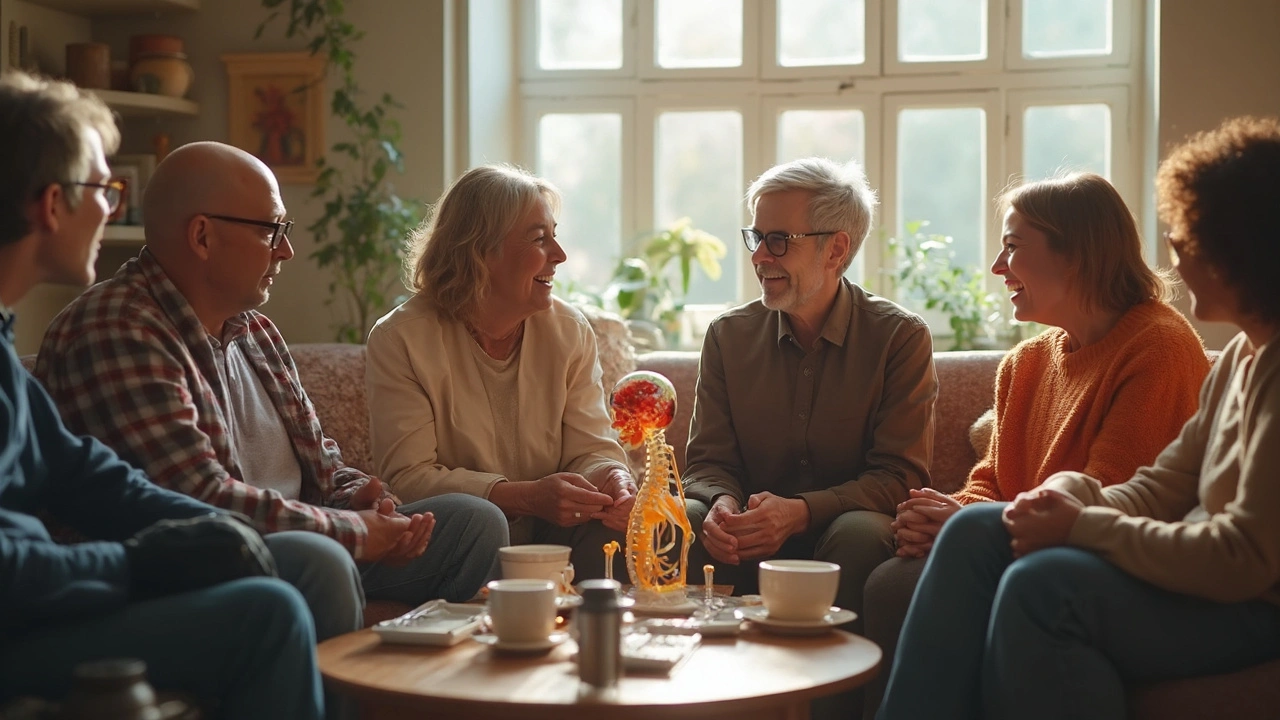Osteoporosis Treatment: What You Need to Know for Stronger Bones
Osteoporosis makes your bones weak and more likely to break, but there are solid ways to fight back. The goal is simple: strengthen your bones and reduce the chance of fractures. Let’s break down the common treatments and some smart lifestyle moves that can make a big difference.
Medications That Help
Your doctor might suggest medicines that slow bone loss or help build new bone. Bisphosphonates are usually the first choice; they keep the bone cells from breaking down too quickly. Then there are drugs like denosumab, which works differently but also helps keep bones tough. Some treatments stimulate new bone growth, like teriparatide, and they’re usually for people with severe osteoporosis. Each medication comes with its own benefits and side effects, so a chat with your healthcare provider can clear up what’s best for your situation.
Simple Habits to Boost Bone Strength
Medications aren’t the whole story. Eating foods rich in calcium and vitamin D builds the foundation for healthy bones. Think dairy, leafy greens, and fortified foods. Sunshine helps your body make vitamin D, so getting outside regularly matters. Regular weight-bearing exercise—like walking or light jogging—also helps bones stay dense and strong. Plus, avoiding smoking and limiting alcohol can keep your bones from weakening faster.
Don't underestimate the power of balance and strength exercises, which reduce the risk of falls—a leading cause of fractures in people with osteoporosis. Simple things like standing on one leg or using resistance bands can go a long way. Staying active keeps bones tough and makes daily life safer and easier.
Whether you’re starting treatment or looking for ways to live healthier with osteoporosis, combining smart meds with lifestyle changes gives you the strongest defense against bone loss. Chat with your doctor, set up a plan, and take control of your bone health today.
- Stéphane Moungabio
- 12
Fosamax: The Real Story Behind the Bone-Strengthening Pill
Get the truth about Fosamax, a popular medication for osteoporosis. You'll discover how it works, who's really benefiting, and the honest facts about its side effects. Let's tackle myths, discuss helpful tips, and dive into relatable advice backed by actual stories and data. Say goodbye to confusion around bone health—this article keeps it real, practical, and easy to understand.
Read more
